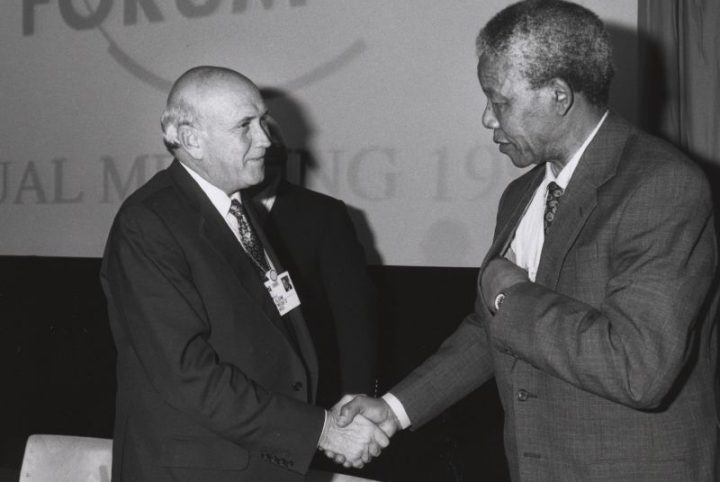
Photo: iStock
Australian companies looking to expand, both organically and through mergers and acquisitions, need to look no further than the country’s favourite sport – Australian Rules football – to find examples of what gives new ventures a head start for future success.
Research by Professor Rob Brooks and Dr Ross Booth and others has found a direct link between an AFL team’s recruitment and retention of talented players in its inaugural year and its long-term success.
Professor Brooks says the research paper provides some valuable insights for companies looking to grow through popular business expansion models, such as franchising. He says while new talent is always an important contributor to business success, companies should also invest in strategies that keep their existing employees engaged.
More than skills
“When you look at the recruitment of big name players, such as Lance ‘Buddy’ Franklin (Sydney Swans) or Gary Ablett jnr (Gold Coast Suns), it’s not just about meeting a skills gap within the team, it’s about adding an off-field marketing component and meeting a long-term development gap,” Professor Brooks says.
Both of those arrangements are part of long-term strategies that contribute to what is known as the “social capital” of a team. It’s an important part of building intertwining relationships and networks within a team – or culture.
Sporting teams are an excellent, measurable way to test the various business theories relating to growth and success – from competing externally, to human resources issues with recruitment and staff retention, to risk management and strategy. In what other industry can you access data relating to individual employee [player] and manager [coach] from every team in every year of competition?
The AFL competition has expanded to 18 teams with the addition of the Gold Coast in 2011 and Greater Western Sydney in 2012. Brooks’ paper examines the recruitment data of five earlier league expansions, Brisbane and West Coast Eagles in 1987; Adelaide in 1991; Fremantle in 1995 and Port Adelaide in 1997, to predict the likely success of the Gold Coast and Greater Western Sydney teams.
A prime example was the introduction on non-Victorian teams, Brisbane and the West Coast Eagles in 1987. While both teams entered the competition in the same year, and were presumably subjected to the same rules, their first-year results were very different. Brooks explains that while West Coast was seen as an immediate success, Brisbane was seen as a “basket case” team with poor form.
Brisbane’s poor performance in its early years, like many businesses before it, could largely be attributed to poor recruitment decisions. At the time, Queensland did not have an established local state league and as a result had fewer talented, established players to choose from. It also struggled to retain players over a number of years.
West Coast on the other hand had access to established players from the Victorian Football League and the West Australian Football League and underwent a notable period of expansion and success.
Lessons for business
Other competitive measures such as salary caps, the national player draft, and limited free agency have been introduced to the AFL in order to influence competitiveness and fairness in the recruitment of talent.
Brooks argues that companies, irrespective of the industry in which they operate, can learn from the AFL’s experience of expansion over the past 30 years. The growth of Australia’s $131 billion franchise sector is a prime example of how carefully executed expansion strategies supported by experienced, skilled managers over time are much more likely to succeed as opposed to young, inexperienced but enthusiastic operators.
“Of course, a blend of both experienced players [employees] in order to build a team’s [company’s] profile and younger draft picks, for energy and to keep teams fresh, is ideal,” Professor Brooks says.


